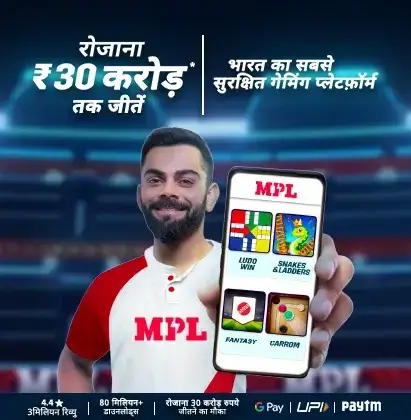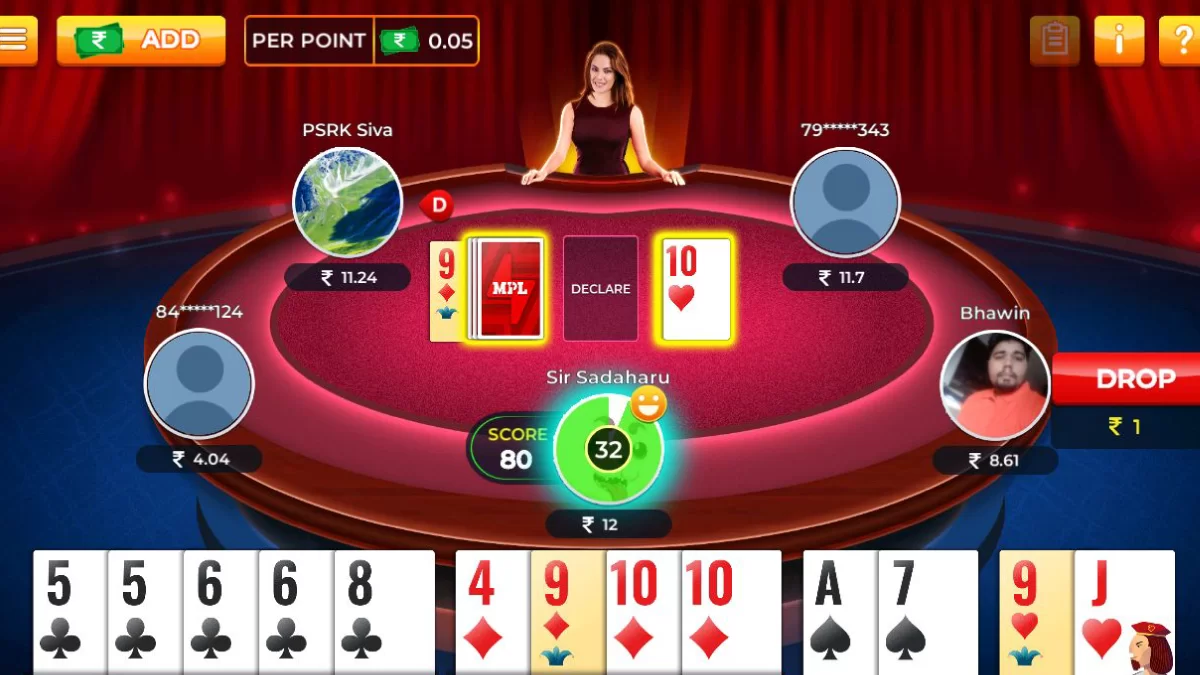There are numerous betting variations in addition to the several forms of poker that are played. This poker blog will employ hold ’em as the game format, but with three betting variations: fixed-limit, pot-limit, and no-limit.
For the sake of simplicity, we’ll assume a hold’em poker game with a 1 small blind and a 2 big blind. While the three distinct betting structures will all post the same amount, the games will play very differently due to various betting variants.
ALSO READ: Look out for These Common Online Poker Tells to Win The Next Game
Fixed Limit
- The stakes determine how much one may wager in fixed limit, as the name indicates. Using our 1 and 2 blinds as an example, the player “under the gun” (the first player left to the bb) has three possibilities.
- They can call the 2 big blinds.
- They can raise, but he is only allowed to raise 2 because the limitations are set.
- They may fold and sit out this hand, waiting for a better bargain. He may not check because the blinds’ role is to generate the initial action.
The flop comes after the first round of bets. Players are still limited to a 2 maximum bet and 2 raises. However, the betting sum doubles on the turn and river, so in our case, the betting would now be in 4 increments. These are referred to as “big bets.” There is no option of betting 2 or 4. If you want to wager now, the minimum stake is 4, and increases must be made in 4 increments. In reality, a fixed limit game with blinds of 1 and 2 is a 2-4 game since the first two betting rounds are limited to 2 and the latter two rounds double but are limited to 4.
Each round of betting in fixed limit games typically includes a maximum number of permitted raises, usually restricted at three. If a stake is placed, it may generally only be raised three times before all players call or fold. If the betting was capped in a 1-2 game, the maximum a player may spend on the first 2 rounds of betting would be 4 (a call – raise – raise – raise) and 8 on the turn and river. It’s worth noting that specific venues will allow more than three raises each betting round, so make sure you’re familiar with the house regulations before you sit down to play.
The basic strategy for a fixed limit hold’em poker game is often assumed to emphasize the importance of value betting. In the coming sessions, we will discuss and elaborate on value betting and other strategic aspects of poker, but for now, just know that value betting happens when you really want your opponents to call your bets because you feel you have the best hand. So keep this tiny tidbit of knowledge for later in your poker growth.
It’s also worth mentioning a variation on fixed limit poker known as spread limit poker. It is similar to a fixed limit except that the allowed bet amount is limited to a range rather than a specific number. For example, in a 1-3 spread limit poker game, you can bet or raise anywhere between 1 and 3. The standard rule is that each bet or raise must be the same size as the initial bet or raise. For example, if you have the action on you and your opponent raises 2, you cannot re-raise 1. You have the choice of re-raising by 2 or 3.
Pot Limit
The amount a player may wager in pot-limit play is governed by the size of the pot, thus the name pot limit. Pot limit play may be much more expensive than limit play. The size of the bets might expand in tandem with the size of the pot. Let’s go over an example with the identical stakes of a 1 and 2 blind structure that we used in limit play.
In pot-limit, the first player to the left of the big blind has the same options in terms of calling, raising, or folding as the person in the fixed limit game. The distinction is in how much they can raise. Calling would simply mean matching the 2 big blinds that had been placed. Folding is as simple as mucking (throwing away) your cards. If the player chooses to raise, he may do so up to a maximum of 7. This is how that figure is arrived at: A 1 small blind bet adds a 2 big blind bet plus a 2 call equals 5, which is the raise. The raiser then calls 2 and raises 5 for a total of 7.
Let’s look at what might happen after the flop in pot-limit to show the significant contrast between our first variant of betting in fixed.
When the pot is 31, the first player can wager any amount between 2 and 31. The next player has a few alternatives, but if he wants to raise the smallest amount, he may increase the initial stake size. He can raise up to $93 more ($62 in the pot plus the call of $31) for a total stake of 124. This may get quite costly!
In pot-limit, a player who intends to raise must first calculate the amount he would need to call and add it to the pot before raising the pot size. As you can see, betting in pot-limit hold ’em may quickly rise compared to fixed limit hold’em. In pot-limit, the emphasis is on post-flop action. The reason for this is because you can usually view flops reasonably inexpensively before the pot becomes large enough that raises can become prohibitively expensive. So, with the betting variety of pot limits, our nugget to remember at this point is to concentrate on the solid post-flop play.
No Limit
There is no restriction. Many people, most notably Doyle Brunson (famous poker player), have referred to hold’em as the “Cadillac of poker.” Its name says it all – there are no restrictions other than the size of the blinds. Using the identical blind structure as in 1 and 2, the first player to act has the option of call, fold, or raise. The distinction between the other two structures is that a player can raise a minimum of the big blind size, but his maximum permitted stake is only limited to the chips in front of the player at the table (the amount he started the hand with). If a bet was placed before, the minimum raise amount would equal the size of the prior wager.
For example, if a player bets 50, the following player must call at least 100 to raise. This is similar to the pot limit, but there is one significant difference: there is no maximum limit.
To illustrate the volatility of this betting style, consider a player in the identical 1 small blind and 2 big blind game who happens to have 1000 in the pot. The action is on them, and if he wants to play, he must at least call the $2, but he has the option of raising his entire 1000!
So you thought a pot-limit would be costly? Not when compared to no limit.
Please keep in mind that, while this player has gone all-in for 1000, the total amount the other player may call is just $200. He is not allowed to win money that another player does not have, and vice versa. This is not a scene from a movie! If you remember the scene from the classic western comedy ‘A Big Hand for the Little Lady,’ she gets up in the middle of a poker hand and goes to the bank to collect the ranch deed – to call someone’s wager. That is not possible in Texas, hold’em.
That is not possible at any casino anywhere on the globe. Poker is always played at table stakes, which means you may only bet the amount of money you have in front of you at the start of the hand. You can’t go inside your wallet and draw out additional cash in the middle of a deal. You can’t just rush out and fetch the deed to your ranch and throw it in the pot – or your Merz, as a means of calling a bet. That’s just in the movies – not in real life!
Bottom Line
The betting variants presented in this course are organised in the following order: excitement, danger, risk, and reward. Because of the limitations that may be bet, the first version, fixed limit, is safer than the other two. As you can see, both pot-limit and no-limit may become intimidating as the amounts bet and raised can swiftly rise. What you prefer becomes a matter of personal preference. Some people enjoy the calm, soothing ride of a carousel, while others desire the adrenaline thrill of a roller coaster.










